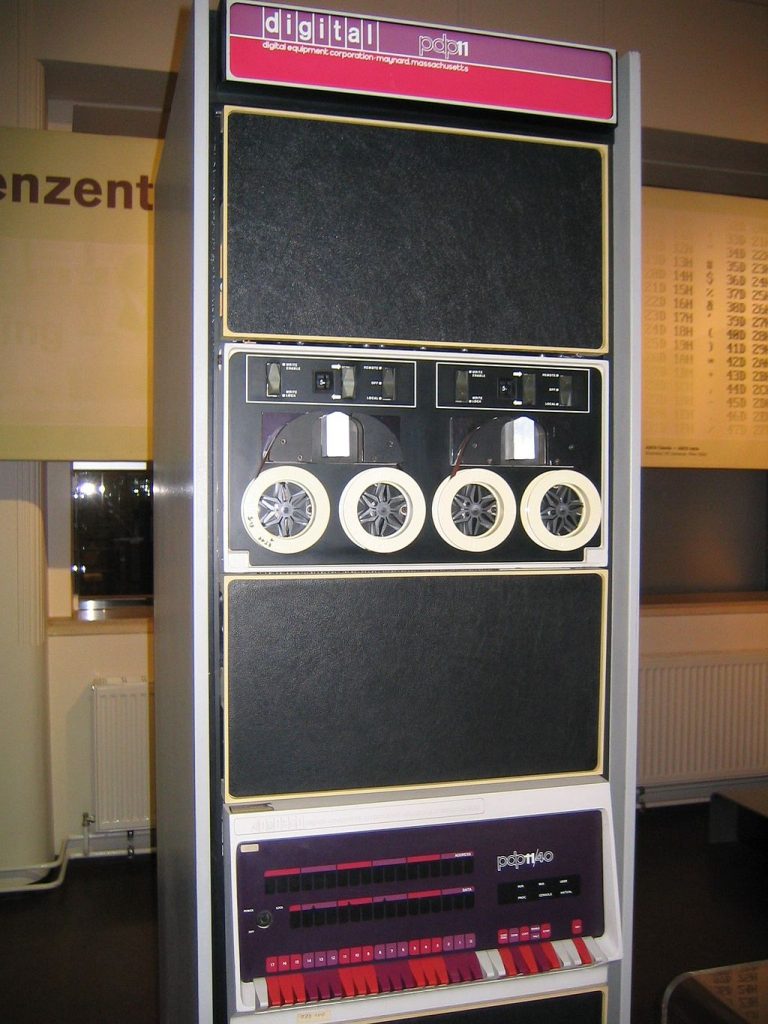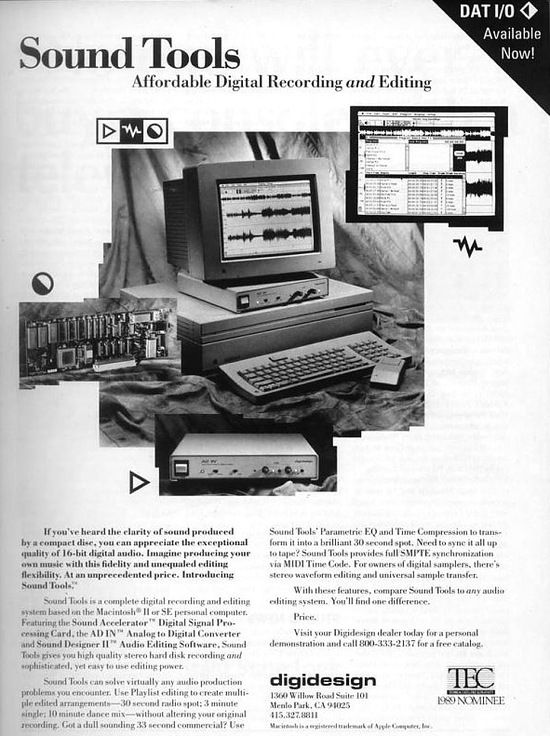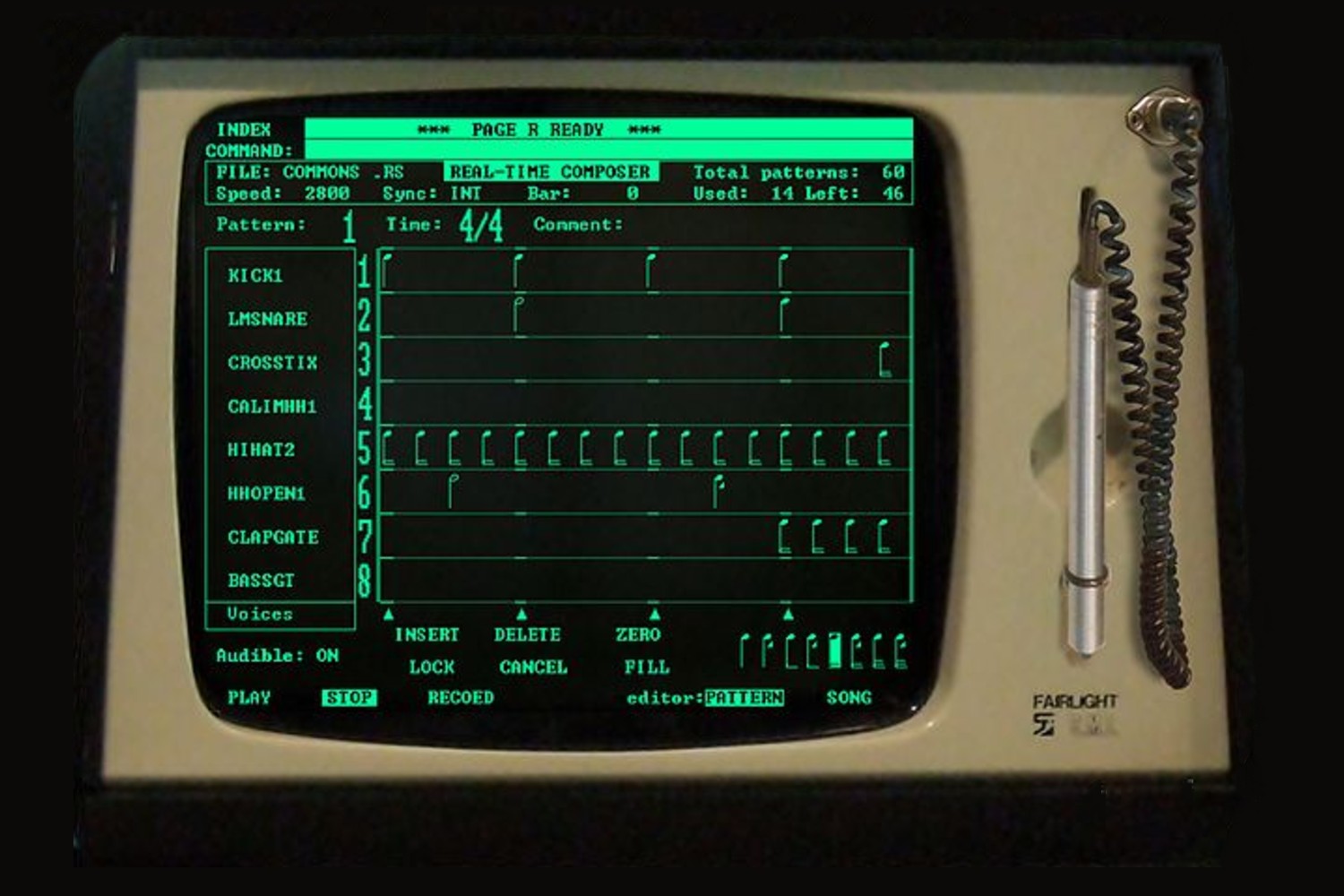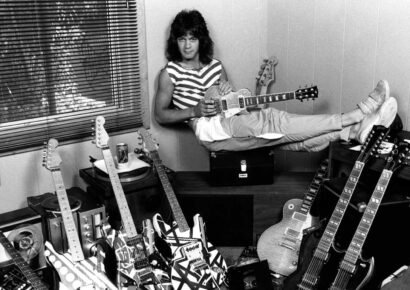We're breaking down how the DAW came into existence - taking a look at what the first one looked like.
Today’s musical landscape would look completely different without the advent of the Digital Audio Workstation (DAW), which is now so commonplace that the majority of artists working today would rarely record with anything else. Not only can the development of computer based recording systems be seen as a technological revolution, but its impact on both the sounds and styles of music that have been made over the last 40 years is undeniable.
Summary:
- The first DAW to be created is attributed to Soundstream, with their Digital Editing System, created in 1977.
- It wasn’t until 1989 that Digidesign release Sound Tools, the predecessor and base for the industry standard ProTools.
- Cubase released the VST format in 1996 which was a huge leap forward for the DAW world, allowing cross talk between different software.
Read up on all the latest interviews, features and columns here.
Put basically, a DAW took the essential components of a recording studio’s control room – the mixing console, outboard gear, and tape machine – and condensed them into a single computer program, allowing engineers and musicians to record, edit and mix all within the box.
Digital Pulse Code Modulation (PCM) – the digital representation of a sampled analogue signal – was developed by Bell Labs in the 1930s, and while experimentations in digital recording were carried out over the intervening years, it wasn’t until 1975 that a company called Soundstream began working on their first digital audio recorder, releasing in 1977.
It featured a tape drive and analogue to digital converters, and transferred information to a Digital Equipment Corporation PDP-11/60 computer for editing. The computer ran a Digital Audio Processor program for ‘random access’ digital editing, with built-in commands for cross-fades and splices, and an attached terminal for displaying the waveform.

In 1979, Fairlight released the Computer Musical Instrument (CMI) – a digital synthesiser and sampler with a built-in CRT monitor and an operating system named QDOS. Although not actually a computer itself, the CMI’s technology was highly influential in the development of hard disk recording systems, and its real-time graphic pattern sequencer, known as Page R, is thought to have directly influenced the development of Musical Instrument Digital Interface (MIDI) sequencing.
In the early ‘80s, the idea of software based DAWs became more of a reality thanks to the fact that personal computers, such as the Apple II, Commodore Amiga and Atari ST, had developed processing power that would be able to handle digital audio editing. 1983 saw the first public demonstration of the MIDI format, a standard developed by Roland and Dave Smith, which meant that data could now be scanned, stored and initiated from a computer-based system.
Now your musical equipment could talk to each other in ways they never could before, and by 1985 Atari had released the 520 ST computer, which included built-in MIDI ports.
In the same year Digidesign released an audio editing software called Sound Designer, which was intended to edit samples from sampler keyboards. Eventually the software would become integrated with Apple compatible hardware and become Sound Tools. Introduced at NAMM 1989, the workstation featured two available tracks for recording, but within two years had evolved into what became the industry standard DAW, Pro Tools.

Allowing high quality multi-track digital recording, with a track count that grew rapidly and a user friendly graphical interface, by the mid-‘90s many mainstream studios and producers had embraced Pro Tools as an innovative platform, with the debut album by Garbage in 1995 being amongst the first major releases to be produced using the program, alongside Odelay by Beck in 1996 and Ricky Martin’s ‘Livin’ La Vida Loca’ in 1999.
Steinberg’s Cubase Audio was released for the Atari Falcon030 computer in 1993, which featured eight tracks of recording and playback using only native hardware as well as its own built-in DSP effects. In 1994 Pro Tools added the ability for third-party software plugins to be used, and consequently several companies, such as Waves and Jupiter Systems, began developing their own custom EQ, reverb, and other DSP options for the program.
In the same year, Digidesign released its TDM system, an open-architecture multichannel 24-bit digital audio bus that again opened up what was possible for Pro Tools plugin developers.
Along with the release of Cubase VST in 1996, this opened a new realm of what was possible to achieve within the software itself, eventually meaning that producers could mix within DAWs without outboard gear entirely.
Propellerhead’s Rebirth was launched in 1997 and, significantly, featured accurate emulations of the TR-808 drum machine and TB-303 bass synth. This meant that for the first time bedroom producers would be able to recreate some of their favourite sounds without actually having to buy the pieces of hardware in question. The company would make further advancements on this idea with the release of their flagship program, Reason.
DAWs have continued to evolve over the subsequent 20 years, but the basic blueprint and functionality had been set by the close of the ‘90s, changing the way in which music could be recorded forever. As personal computers have become both more powerful and affordable, the fact that just about anyone can record and mix high quality audio in their home studio has given birth to a number of distinct genres and production styles, thanks to the limitations and personalities of the systems they were made with.
Dance music and modern pop would sound very different without such technology, as would the lo-fi experimentations of the various sub-genres of electronic music that seem to emerge every year.
On the other hand, the prevalence of the technology has also fostered nostalgia for the sounds and methods of pre-digital recording, leading to a renewed interest in analogue based recording among artists of certain genres.
Ultimately, whatever leads to the creation of great art is what we are all striving for, something that the DAW, whichever is your personal preference as everyone has one, continues to facilitate.
Read more about DAWs on Reverb.







